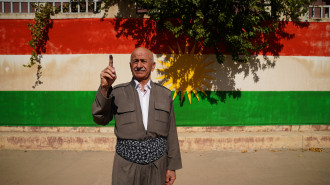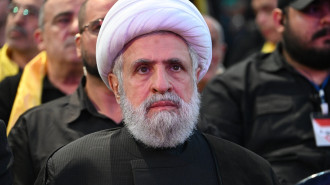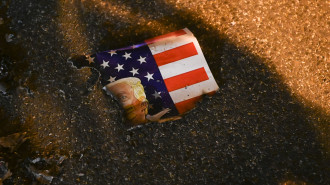
Life in Shuafat: A Palestinian refugee camp under siege

Over the past two weeks, life for Palestinians in East Jerusalem’s isolated Shuafat refugee camp has become increasingly difficult.
On 8 October 2022, a young resident from the camp, Udai Tamimi, opened fire on Israeli soldiers stationed at a military checkpoint at Shuafat’s entrance, killing one and injuring another.
Israel immediately imposed a blockade on the camp, closing its two entry and exit points and bringing life to a standstill for its 100,000 residents.
"The Shuafat refugee camp symbolises an oppressed people who had to leave their towns and homes"
Schools were closed, while access to services like healthcare, waste collection, and even the entry of food supplies became severely restricted.
Israeli forces launched arrest raids in the camp during the closure in search of Tamimi, firing tear gas, rubber-coated steel bullets, and foul-smelling skunk water.
In response, Palestinians in East Jerusalem and the occupied West Bank launched a strike, with businesses shuttered in an unprecedented mobilisation of support.
Tensions have mounted in the occupied West Bank in 2022, with over 120 Palestinians killed amid near-daily Israeli raids and closures on major population centres such as Nablus.
Tamimi was shot dead by Israeli security guards on 19 October after opening fire at Maale Adumim, one of the largest illegal settlements in the occupied West Bank.
Shops and schools in East Jerusalem were shut as multiple Palestinian cities across the West Bank went on a general strike following his death.
While restrictions on movement in and out of the camp have partially eased, even in normal times Shuafat existed in a state of deliberate isolation and dysfunction due to Israeli policies.
|
|
Geographical and legal limbo
The United Nations Relief and Works Agency for Palestine refugees (UNRWA) built the Shuafat refugee camp in 1965, in the final years of Jordan's rule of the West Bank.
According to UNRWA, the camp was established to provide housing for roughly 500 Palestinian refugees living in the unofficial Mu'askar camp in Jerusalem’s Old City, who had been forced to leave their homes in Ramle, Lydda, and Jaffa in 1948.
In the aftermath of the 1967 war and Israel’s occupation of East Jerusalem, Gaza, and the West Bank, the resettling of Old City refugees in Shuafat was scrutinised.
"The wall has become part of our lives; we see it in the morning, and we see it in the evening"
"We felt it was ill-advised. The move resulted in lowering the number of Palestinians in the Old City. But I don't think there was malice from the side of UNRWA," East Jerusalem resident Azzam Abu So'ud told The New Arab.
Following Israel's annexation of East Jerusalem, the Israeli-run Jerusalem municipality unilaterally expanded the city's municipal borders, bringing Shuafat under its jurisdiction and making it the only Palestinian refugee camp within its new boundaries.
As a result, most of its Palestinian residents have Israeli IDs. Today, more than 100,000 Palestinians live in the Shuafat camp. They are not all registered Palestinian refugees, however.
The camp's population grew over the years, eventually connecting with the village of Anata, where Palestinian residents have West Bank IDs.
The camp lacks planned infrastructure and the Israeli Jerusalem municipality fails to provide proper services such as waste collection, roads, streetlights, water pipes, or sewage and sanitation systems.
The construction of Israel's separation wall on the western edge of the camp in 2006 cut Shuafat off from the rest of Jerusalem, which can only be accessed through a military checkpoint by Israeli ID holders.
According to Daniel Seidemann, a researcher on Israeli policy in East Jerusalem, Israeli authorities showed little interest in governing the area even before the wall went up.
"The camp residents were fiercely hostile to [any] Israeli presence and Israel never had much of an appetite to govern the place either," he told TNA.
The separation wall was built on the pretext of security, but Seidemann says the intent was to “settle scores” with a defiant population and to isolate the camp geographically.
|
|
'The wall has become part of our lives'
Over time, Palestinians from East Jerusalem neighbourhoods like Silwan and Al-Tur seeking affordable housing moved to the Shuafat refugee camp, increasing the camp's population significantly.
Ismail Khatib was born in the original quarters of the camp on 8 April 1967, mere weeks before the war broke out. His father, Fouad, and mother, Nuzha, moved out of their small home in Jerusalem’s Old City where they had been living the previous year.
"I'm now 55. My parents left the village of Burj near Ramle in 1948 and came to Jerusalem with their two kids," he said.
Narrow alleyways and huddled substandard dwellings characterise Shuafat refugee camp. The municipality does not even bother collecting taxes from its residents.
"Al-Quds (Jerusalem) remains the essential element. On the political and resistance fronts, it is far more important than the PA and even the PLO"
"The Shuafat refugee camp symbolises an oppressed people who had to leave their towns and homes," said Ismail, with a shaky voice. "It's a sad situation. Burj is now a park for the city of Modi'in [an Israeli settlement northwest of Jerusalem]".
The Israeli settlements of Pisgat Ze'ev, Neve Yaakov, and Ma'ale Adumim are all within close proximity to Shuafat.
But they are different worlds. While 72 percent of Palestinians in Jerusalem live below the poverty line, nearby settlements are well-serviced and maintained by the Israeli government.
The Shuafat refugee camp is a place for the poor and dispossessed, but it's not the only one, Ismail explains.
Nearby Qalandia and Kafr Aqab are also on the 'West Bank' side of Israel’s separation wall, though he says conditions there are not nearly as bad as they are in Shuafat.
"The wall has become part of our lives; we see it in the morning, and we see it in the evening."
In recent months, East Jerusalem, Jenin, and Nablus have become zones of confrontation with Israeli security forces, with new forms of armed and non-violent resistance emerging, mainly driven by young Palestinians.
|
|
"Al-Quds (Jerusalem) remains the essential element. On the political and resistance fronts, it is far more important than the PA and even the PLO," says Jerusalem resident Azzam Abu So'ud.
Ismail thinks there is little hope that living conditions will improve anytime soon. "What we see in Nablus, Jenin, and here in al-Aqsa are a result of a long state of congestion."
Ismail has never left Shuafat to live elsewhere, citing skyrocketing house prices. He is married and has seven children and thirty grandchildren. They also live in the camp, a new generation who will experience all the hardships of Israel’s occupation.
Ibrahim Husseini is The New Arab's correspondent based in East Jerusalem.
Follow him on Twitter: @husseiniibrahim

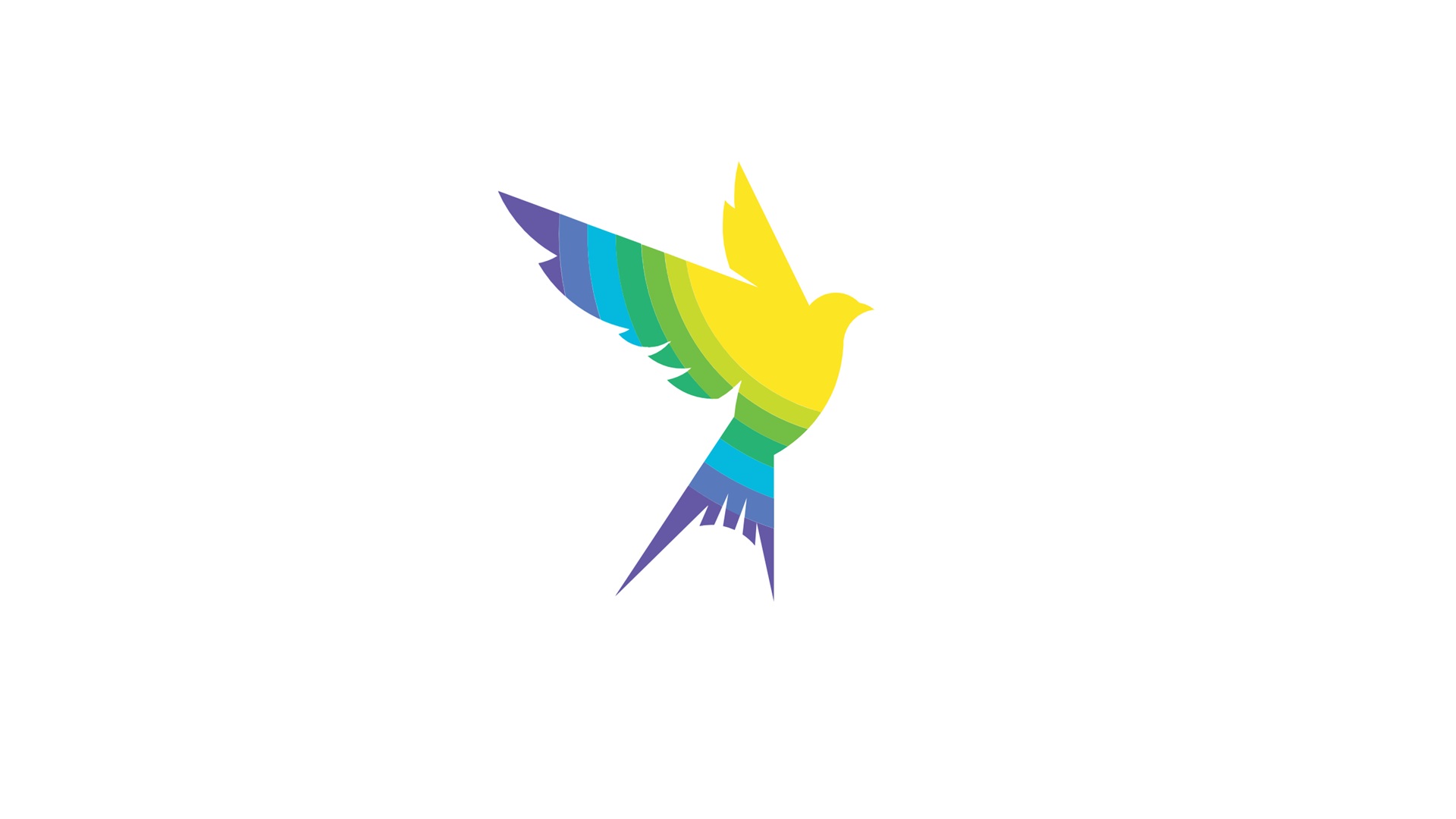

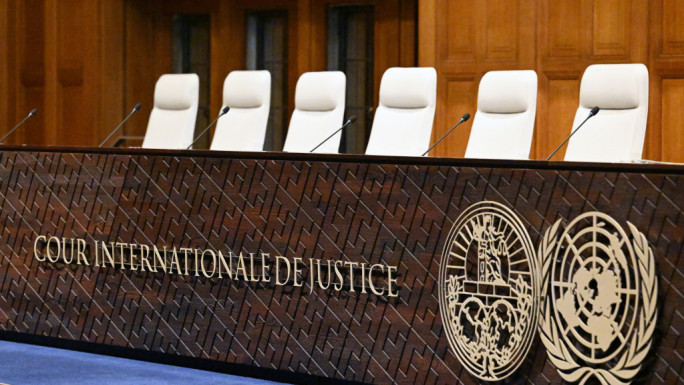
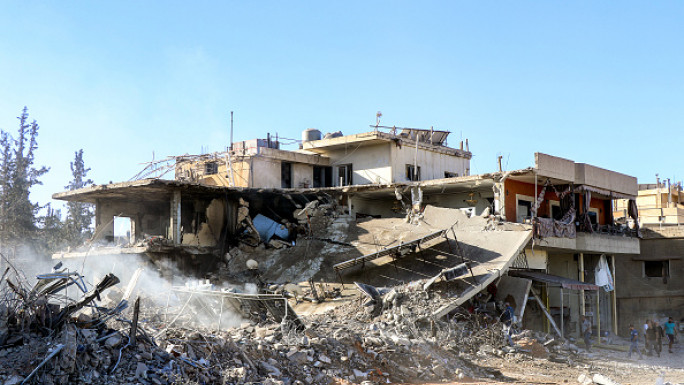
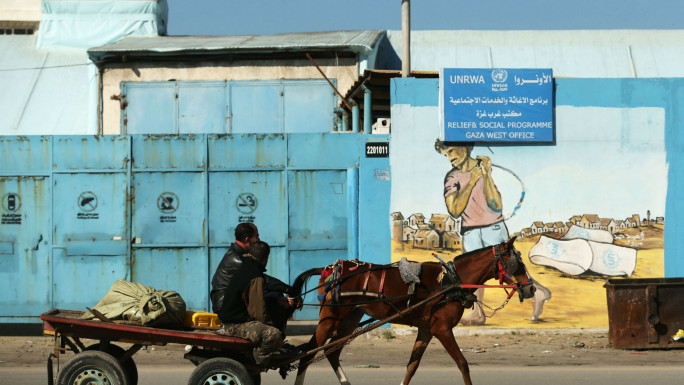

 Follow the Middle East's top stories in English at The New Arab on Google News
Follow the Middle East's top stories in English at The New Arab on Google News
